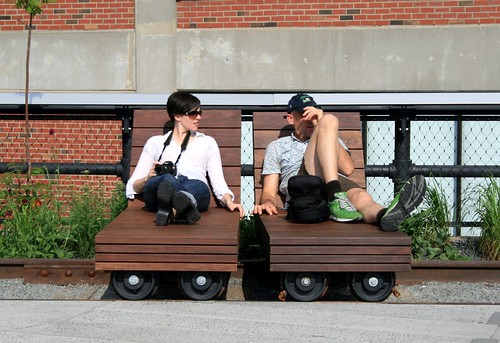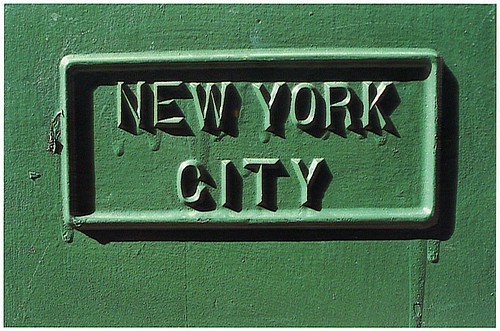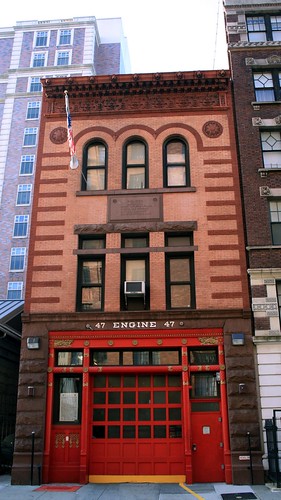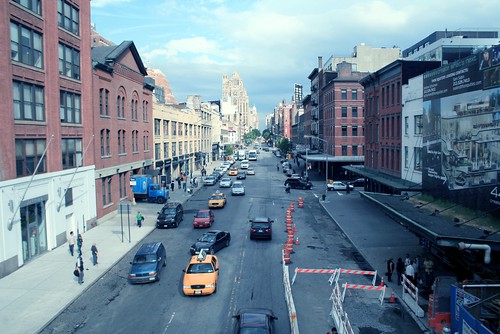
From 1930 to 1980, elevated freight trains rumbled through the Meatpacking District along a 1.45 mile stretch of track up into West Chelsea. A symbol of the area's industrial roots, it probably seemed like a good idea at first. By moving noisy trains above street level, pedestrians were able to reclaim the sidewalks. However, it also blocked out sunlight and turned the area into an unwelcoming venue after dark. In the 1990s an advocacy group formed that was dedicated to the preservation and reuse of the High Line.
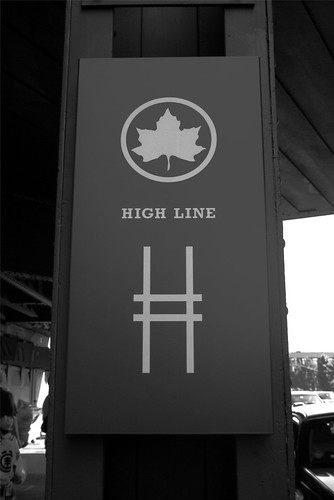
In time, and in partnership with the New York City Department of Parks & Recreation, a plan for an innovative public space was born.

Designed to mimic the more contemplative nature of the rails after the trains stopped running, the new park is a space set apart from the street below that offers stunning views and a new perspective of the city.
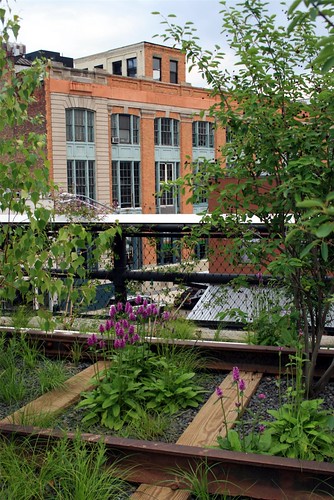
Last week the opening of the first section of the new High Line Park coincided with my own trip to the city. And happily I also had friends who wanted to explore it along with me.
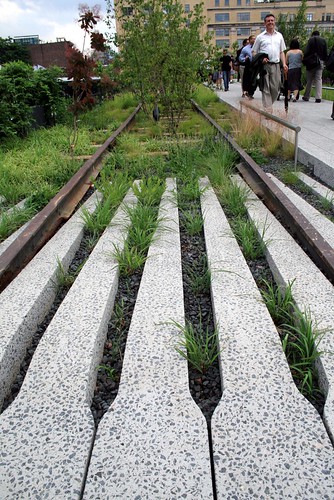
I could easily envision a dinner out, a stop by a gallery show, and then a pleasant evening stroll along the High Line.
